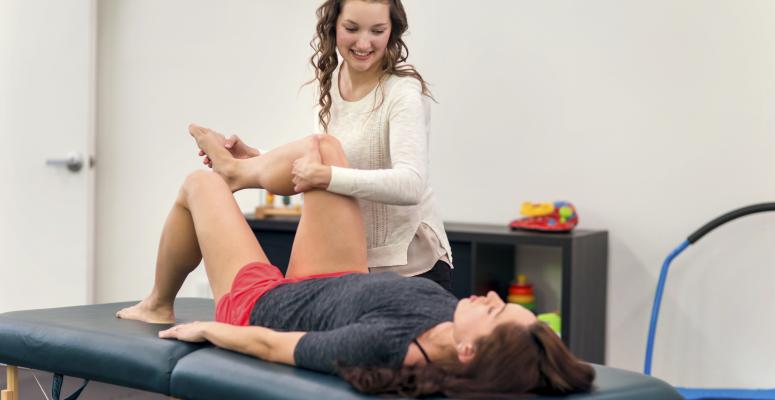

Physical therapy can be an effective tool to help you prepare for and recover from surgery. Before surgery, it can help strengthen your muscles and build flexibility to reduce the effects of muscle loss and atrophy later on. After surgery, it can help you regain strength in your affected body parts and mobilize your joints and muscles as you recover.
We provide physical therapy for pre- and post-surgical rehabilitation at Alliance clinics throughout the country. Our clinicians help people to prepare for surgery and to speed up their recovery time, limiting the impact their procedure has on their quality of life.
Below, we'll discuss why pre-operative and post-operative rehab is important. We'll also discuss what you can expect from treatment.
The Importance of Pre-op and Post-op Physical Therapy
Undergoing surgery can be challenging for your body, especially if you are aging or live with a co-occurring musculoskeletal condition like arthritis or fibromyalgia. Pre-operative physical therapy helps to prepare your body for this challenge by maximizing its flexibility and strength before you go under the knife. This preparation can help your affected body part to better withstand the procedure.
Post-surgical rehab helps you move again, especially the parts of your body affected by the surgery. While rest is crucial to recovery, movement helps to prevent your muscles from getting weaker or atrophying as you rest. In your post-op rehabilitation program, your physical therapist will help you to regain strength and functionality in your affected body parts and boost blood flow to that area to promote healing. If your surgery has left you unable to walk or use certain parts of your body, your physical therapist will guide you through exercises that help you learn how to use them again.
While you can attend pre-op or post-op physical therapy without participating in the other, they are most effective if you do them both.
What to Expect During Treatment
Your physical therapist will conduct interviews to learn about your medical history and surgical procedure. They will use this information to develop a personalized treatment plan. Your treatment plan may include any of these treatment strategies.
- Exercises to help you build or regain strength
- Stretches to help you improve your flexibility
- Retraining exercises to help you use your affected body parts again
- Manual therapy to relieve tension and pain in your soft tissue
- Instrument-assisted manual therapy to break up painful scar tissue
- Joint mobilization to get your joints moving comfortably
- Balance training to help you regain coordination after a period of time off your feet
- Aquatic therapy to help you exercise without excess pressure on your body
If you are planning to undergo surgery in the near future and want help preparing for or recovering from it, head to our locations page to find a physical therapy clinic in your area. Our specialists will work hard to help you speed up your recovery.
